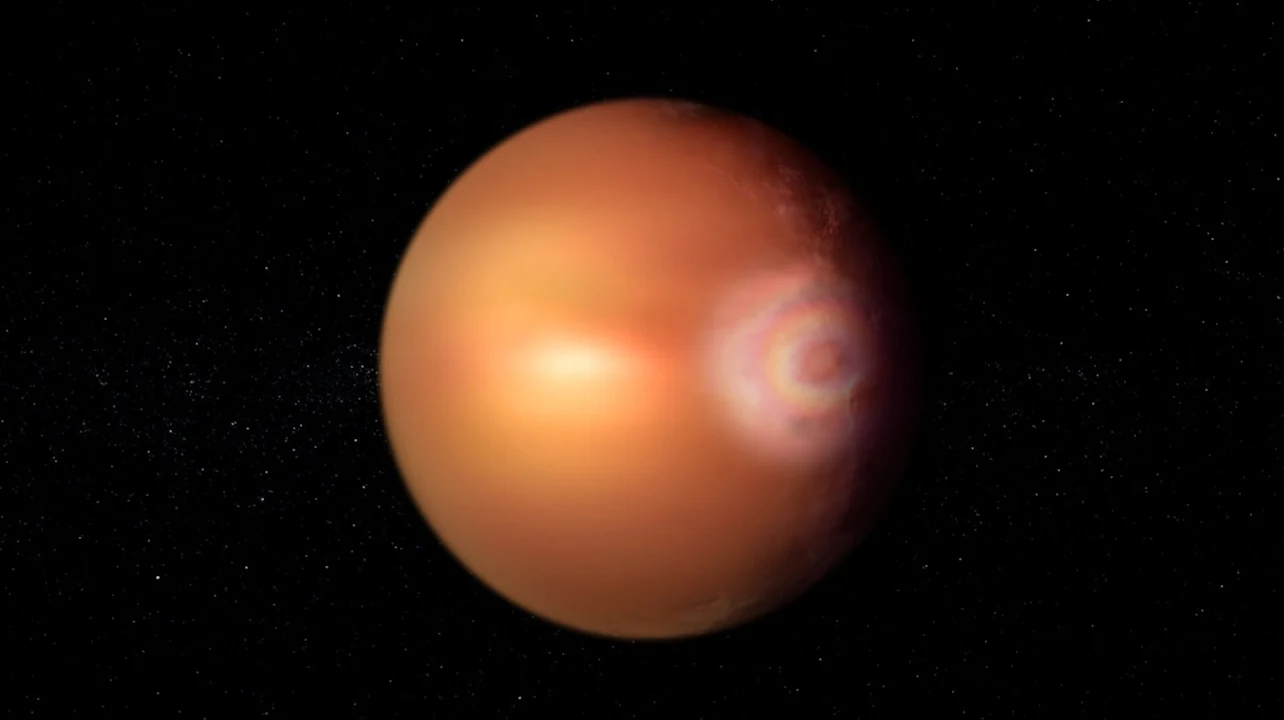In the atmosphere of an exoplanet, a multi-colored halo halo was observed for the first time

In the metallic clouds of the gas giant WASP-76b at a distance of about 637 light-years from us, astronomers noticed the optical phenomenon of halos — rainbow concentric rings that belong to the group of haloes. Until now, halos have not been observed on planets outside the solar system, and have only been recorded on Earth and once on Venus. The detection of the halo on WASP-76b by the Cheops space observatory will help scientists clarify the features of the exoplanet's atmosphere. The observation is described in the journal Astronomy & Astrophysics.
What does the discovery of halo on an exoplanet mean?
Researchers note that for the formation of haloes, the planet must have certain atmospheric features. In particular, it should have particles of almost perfect spherical shape, and also stable enough to remain in it for a long time. The star should shine directly on the planet, and when its light passes through narrow gaps, such as between drops in the clouds, its path will be twisted, creating concentric patterns of bright and dark rings.
If the observation of the halo in WASP-76b with the help of other observatories is confirmed, it will mean that the planet's atmosphere has stable temperature conditions capable of supporting the existence of spherical particles in the clouds. It will also provide clues on how to look for halos and similar optical phenomena on other exoplanets.
- WASP-76b is one of the hottest exoplanets known, but studies have indicated that it is even hotter than previously estimated.